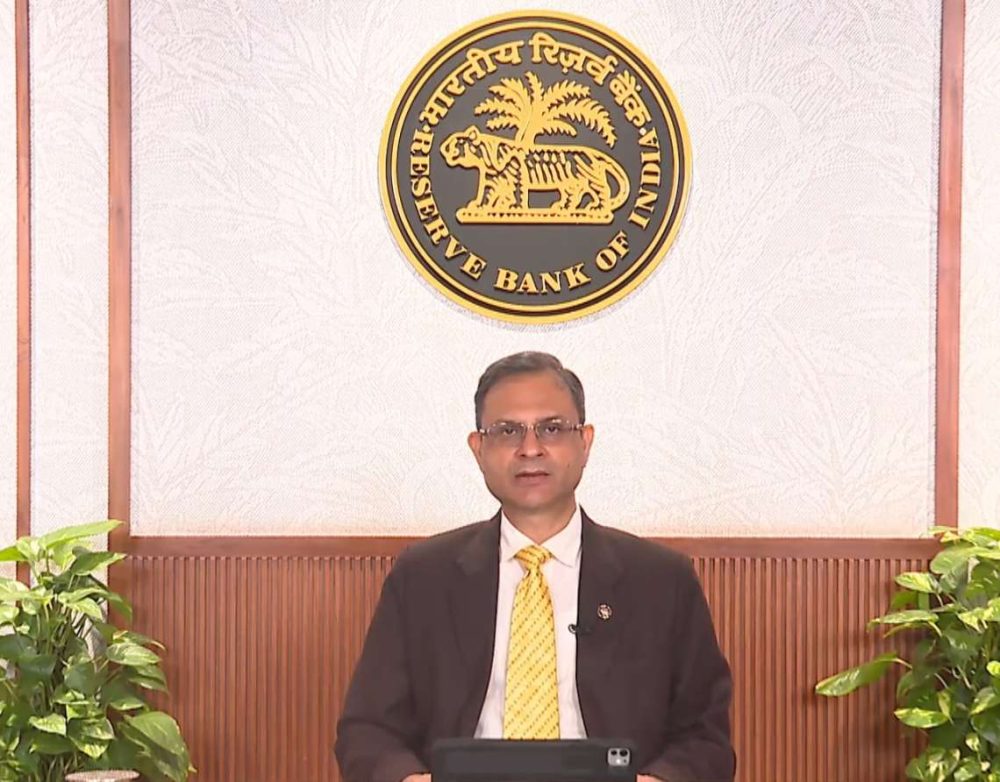US consumers spent $9 billion online during the Black Friday sale, up by 21.6 per cent on a year ago. Smartphones alone accounted for $3.6 billion in sales — up by 25.3 per cent over the last year as people stayed indoors during the pandemic.
For Black Friday, Adobe had originally forecast sales between $8.9 billion and $9.6 billion, TechCrunch reported late on Saturday.
The $9 billion Black Friday sale figure makes the event the second-largest online spending day in the US history (after 2019’s Cyber Monday).
According to Adobe analysts, “Cyber Monday is likely to continue to be the biggest of them all, expected to bring in between $11.2 billion and $13 billion in e-commerce transactions”.
Earlier, American consumers’ online spending hit a record high of $5.1 billion on Thanksgiving Day with a year-on-year growth of 21.5 per cent, according to data by Adobe Analytics.
Heavy discounts and aggressive promotions since early November succeeded in making consumers loosen their wallet strings earlier, said Taylor Schreiner, director with Adobe Digital Insights.
Statistics provided by Adobe Analytics showed that nearly 50 per cent of the online spending was on the purchase of smartphones, and retailers with curbside pickup service had a much higher conversion rate of traffic to their websites.
“This year’s Black Friday won’t have as much ‘door-busting’ as usual. Retailers are pushing deals up and promising Black Friday deals to last for ‘all of November and December’,” said Adobe Analytics.
The National Retail Federation (NRF) said that the US holiday sales in the last two months of 2020 would grow 3.6 per cent to 5.2 per cent year–n year, reaching $755.3 billion to $766.7 billion.
Meanwhile, the NFR added that the US online sales and other non-store sales would increase 20 to 30 per cent year-on-year in the range of $202.5 billion to $218.4 billion in November and December, which is higher than $189.1 billion projected by Adobe Analytics.
Black Friday, one of the most anticipated days by consumers, shifted its consumption patterns due to the Covid-19 pandemic this year.
More shoppers have opted for online sales, and in-store shoppers tend to buy things much faster than before.
Also Read: Aus PM mulls action against top army officers
Also Read: Samsung pips Apple in US smartphone sales









